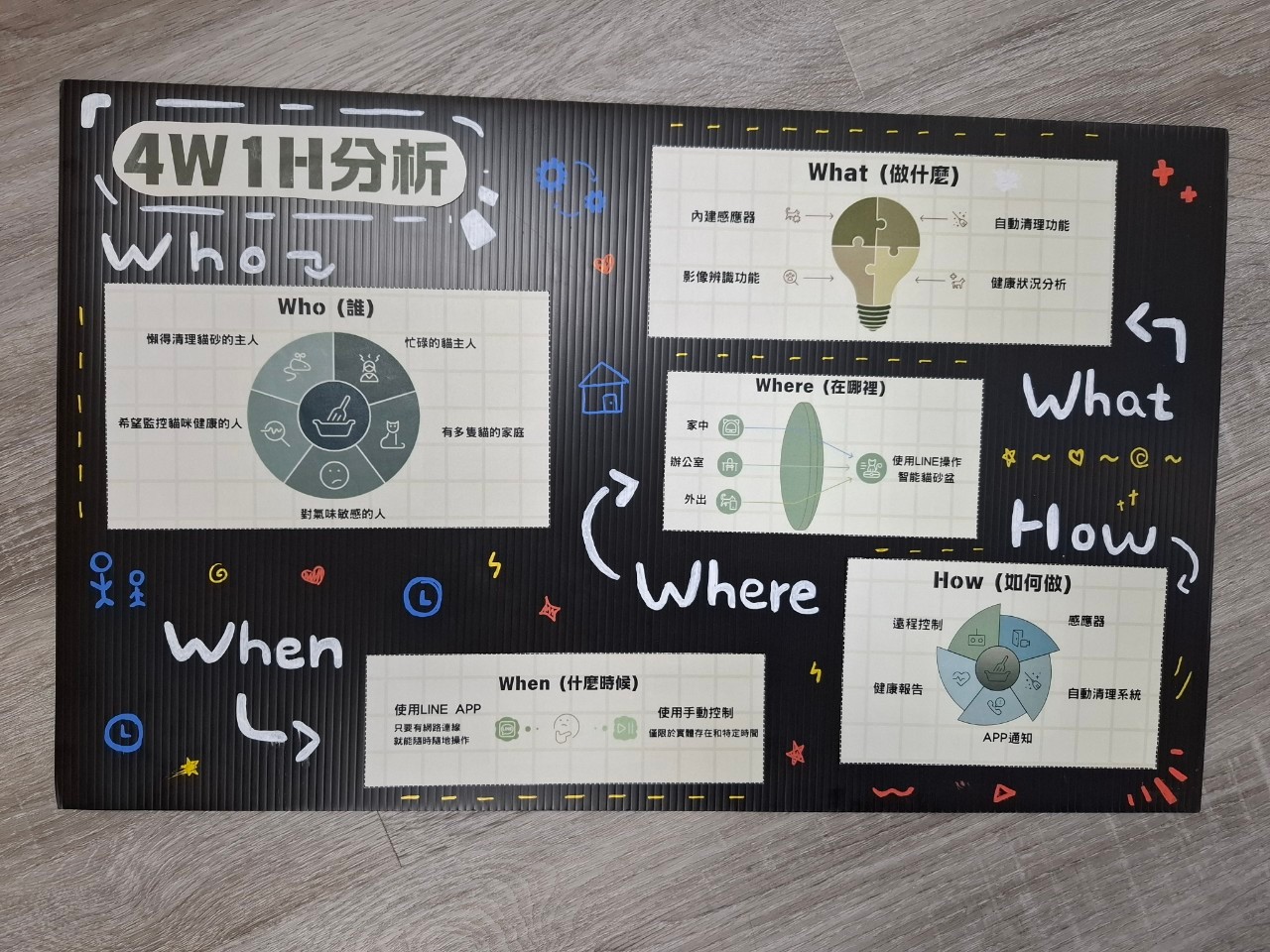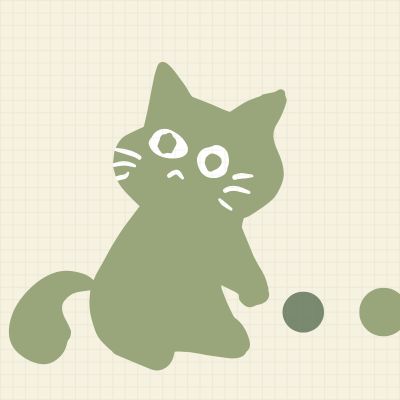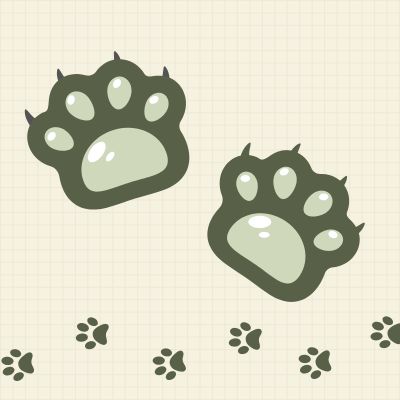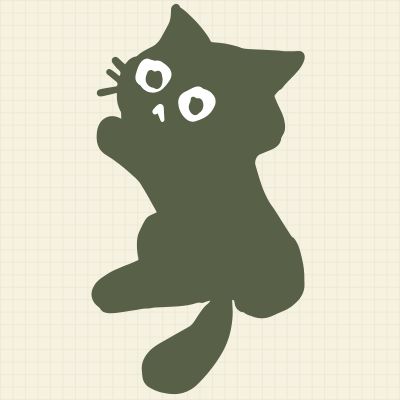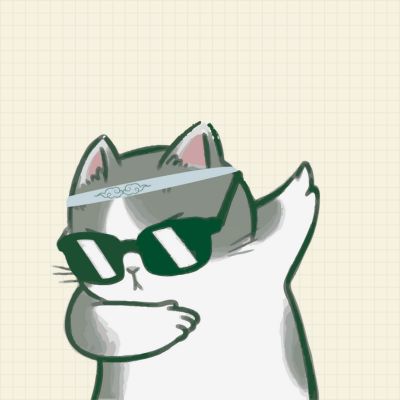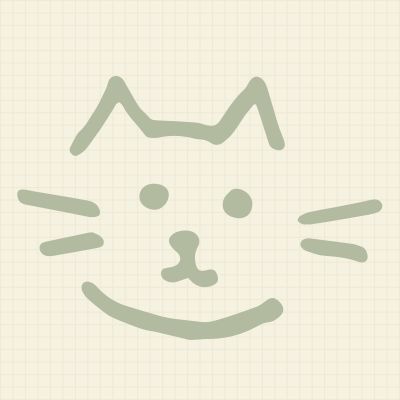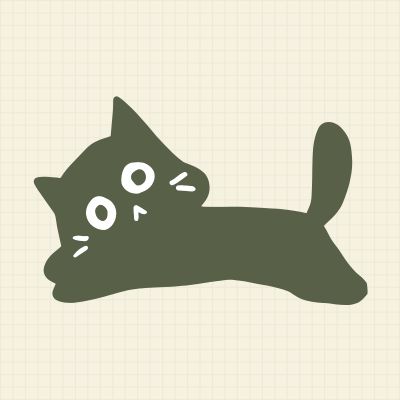
Gentle Paws, Big Hearts
Learn More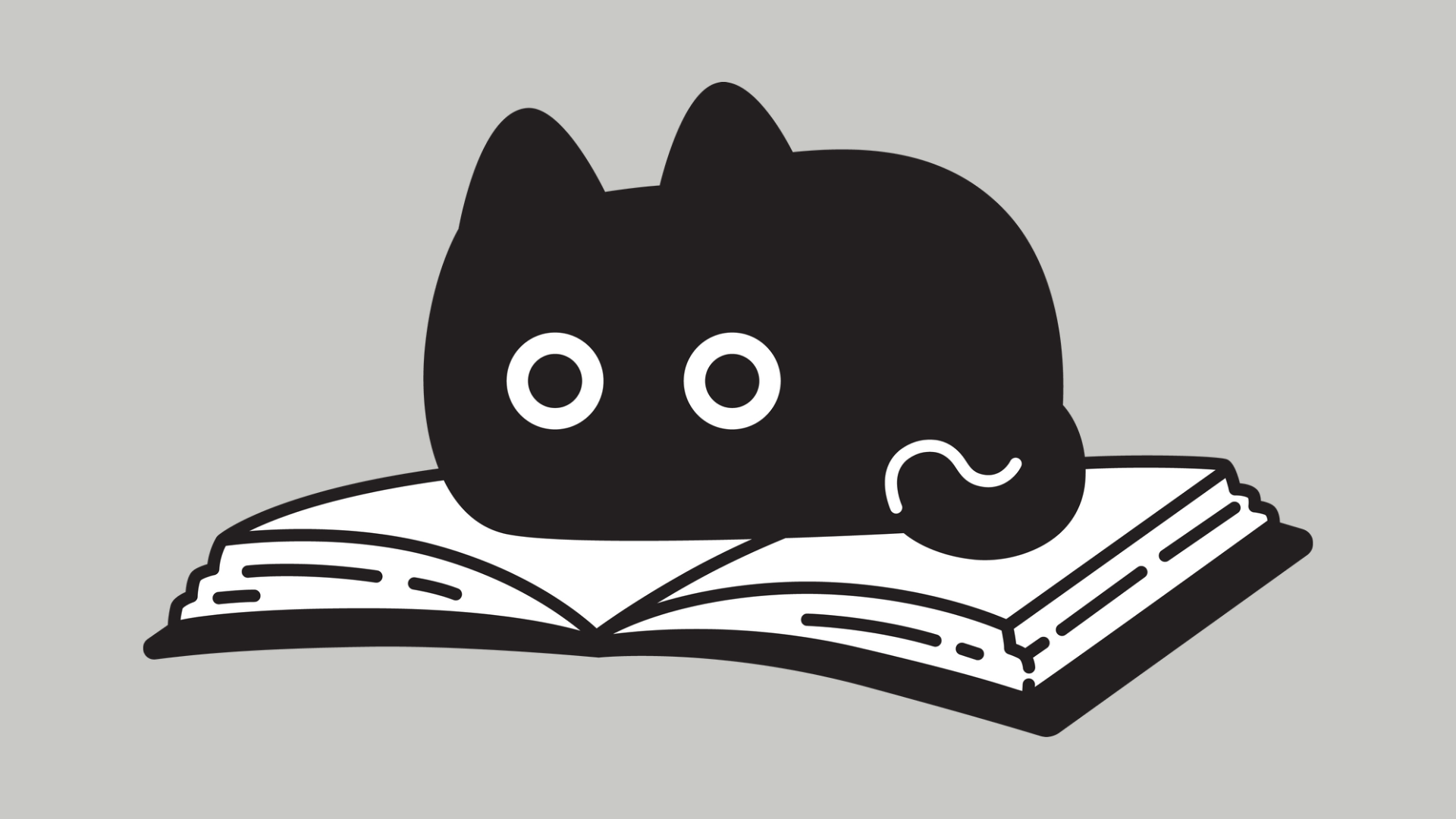
Cuddle and Care
Work Log
Initially, we focused on pet care, starting with the research of automatic feeding and drinking devices. However, we discovered that a cat's elimination behavior is closely related to its health, and traditional litter boxes cannot effectively monitor this. After learning about YOLOv8 image recognition and Roboflow, we came up with the idea of using AI to detect elimination status and integrating a Line Bot for real-time notifications. Eventually, we researched the AIoT smart litter box to improve the precision and convenience of managing a cat's health. We used Miro to organize the project plan more systematically.
In the “Smart Innovation for Senior-Junior Collaboration” competition, we used an IoT smart litter box to explore how technology and surveys can support animal care and social education. By applying AI image recognition and IoT, we gained valuable insights into the practical impact of technology.
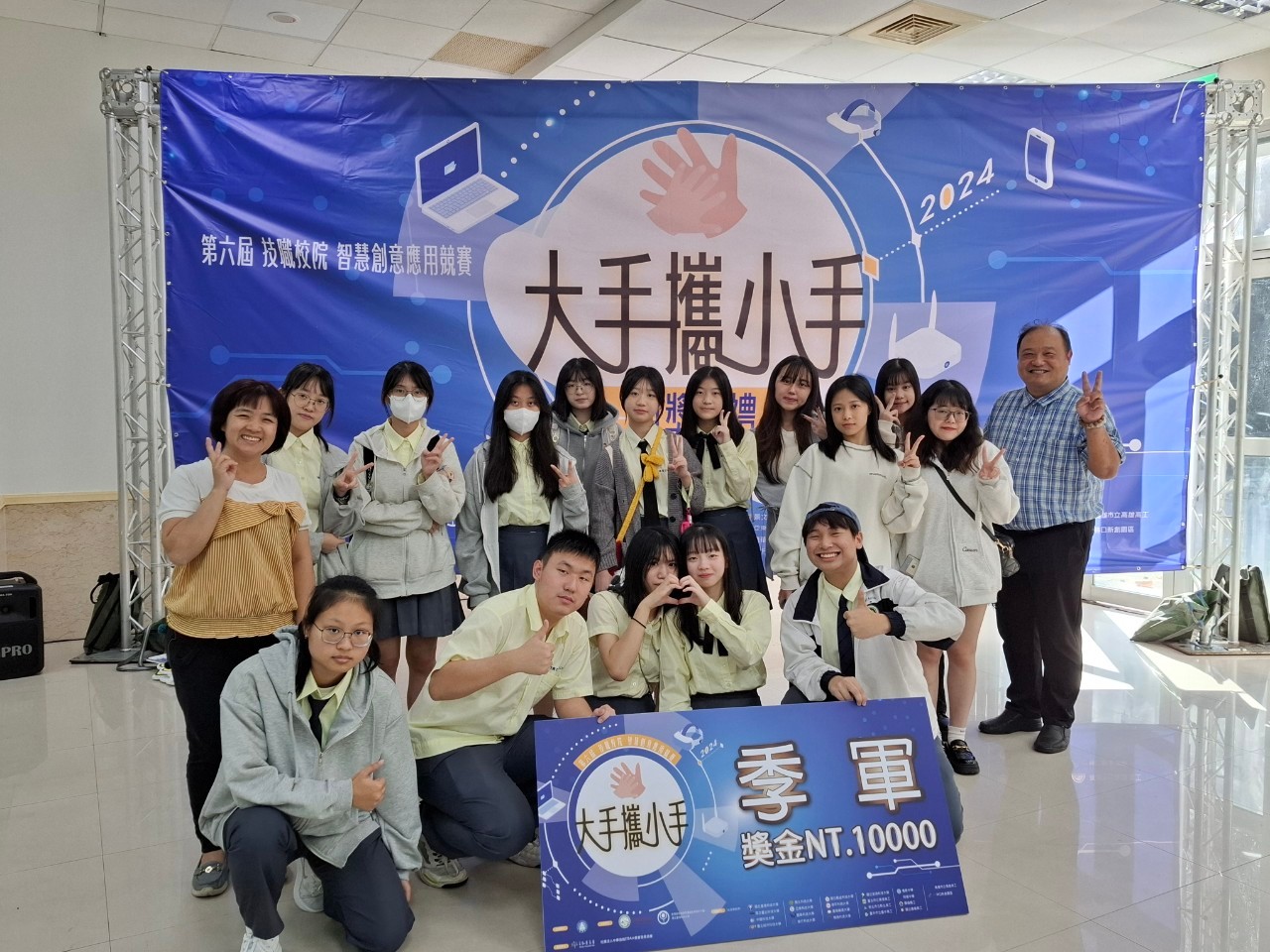
During the campus judging session, we presented our project to professional teachers and received valuable feedback. We especially learned more about cat care and health management, which helped us better understand the needs of pet owners and further improve the practicality of our project.
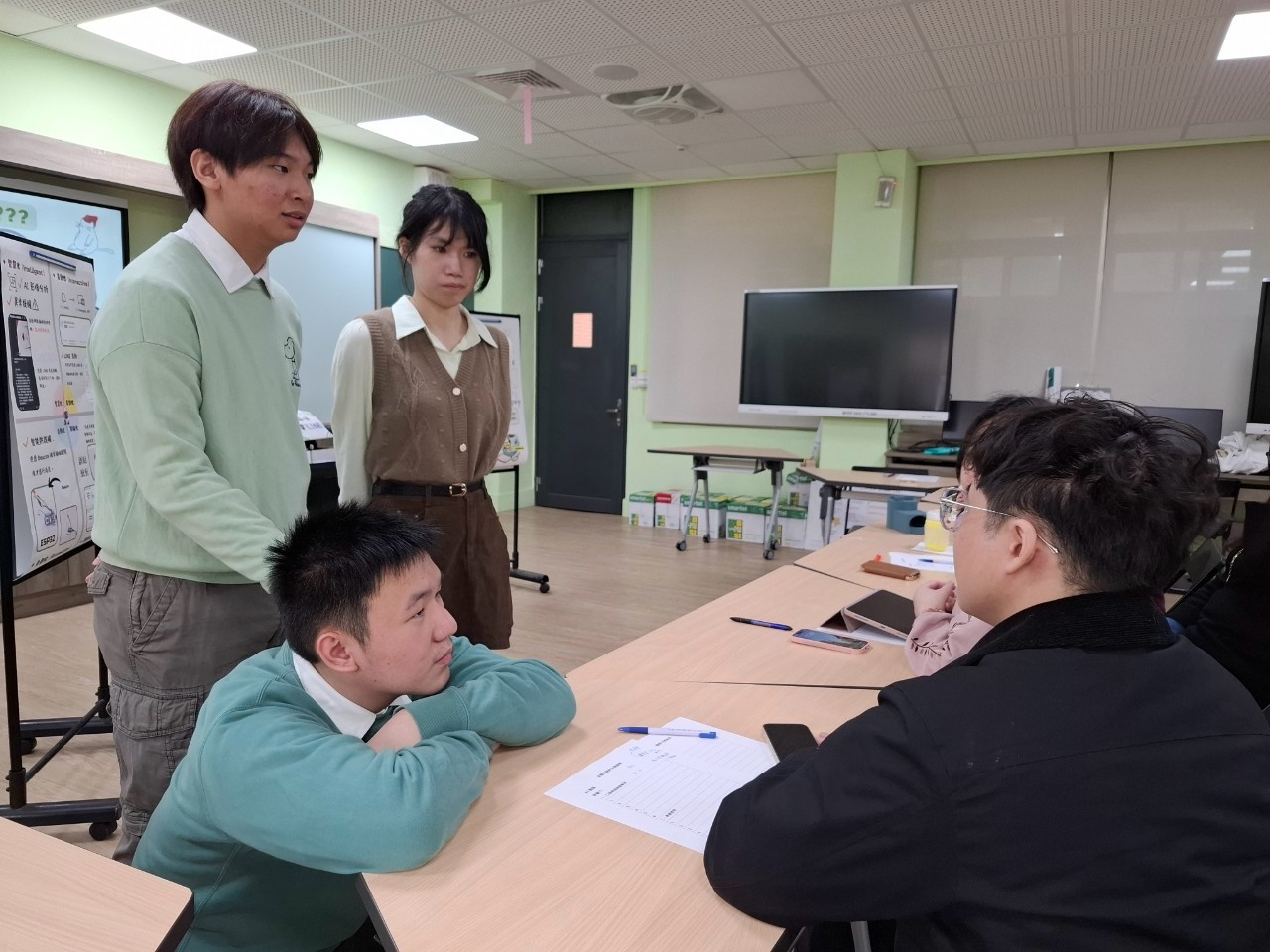
Participating in the National Project Competition was an unforgettable experience. We spent a lot of time practicing presentations and mock Q&As. Although we were nervous on the day, we gave it our all and showcased our team’s creativity and efforts. This experience helped us grow and gave us confidence under pressure.
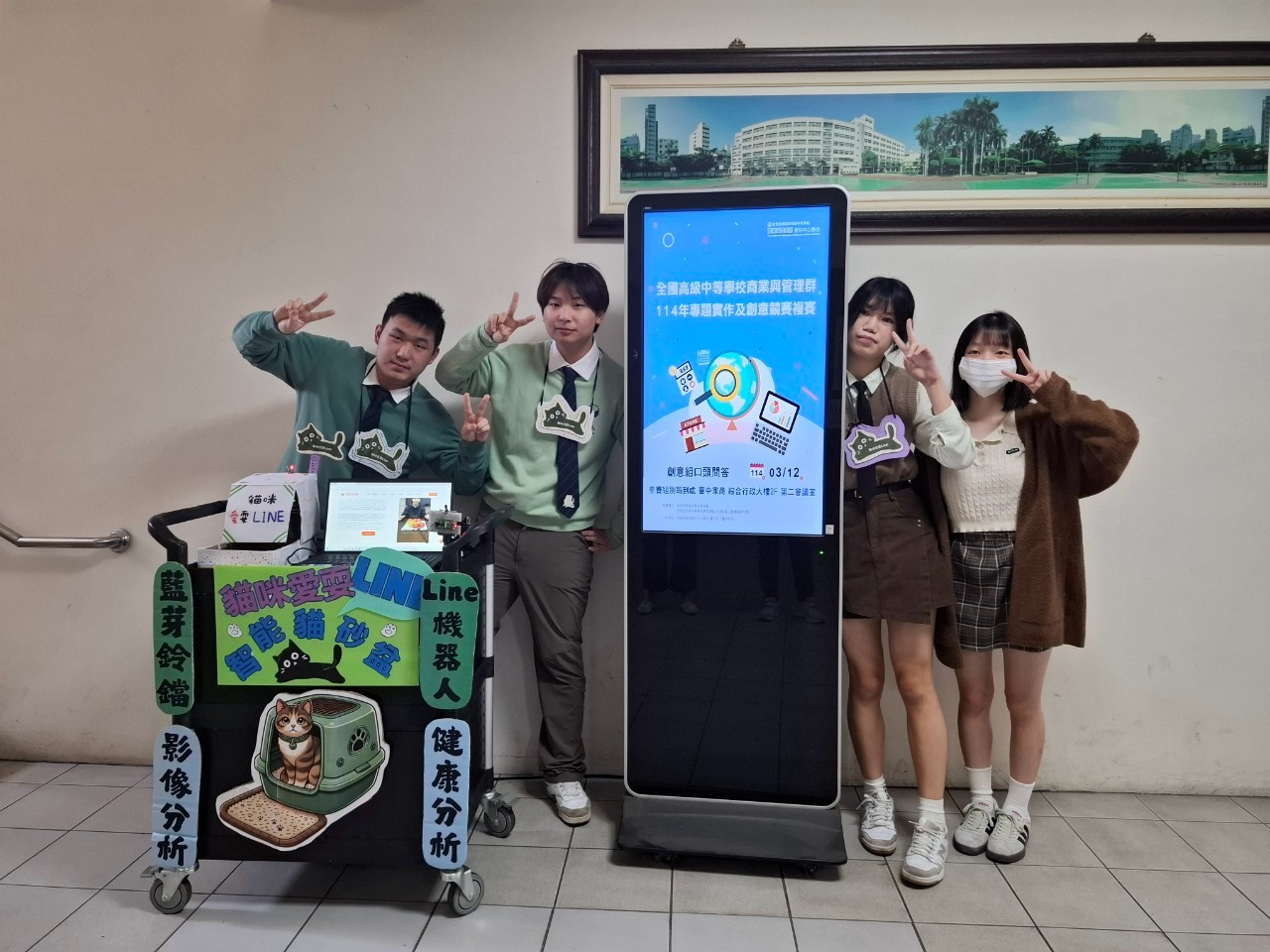
To prepare for the National Project Competition, we made clear and simple hand-held boards showing our 4W1H analysis, product features, and business model. These helped judges quickly understand our project. The design process taught us how to visualize complex ideas and improve presentation clarity.
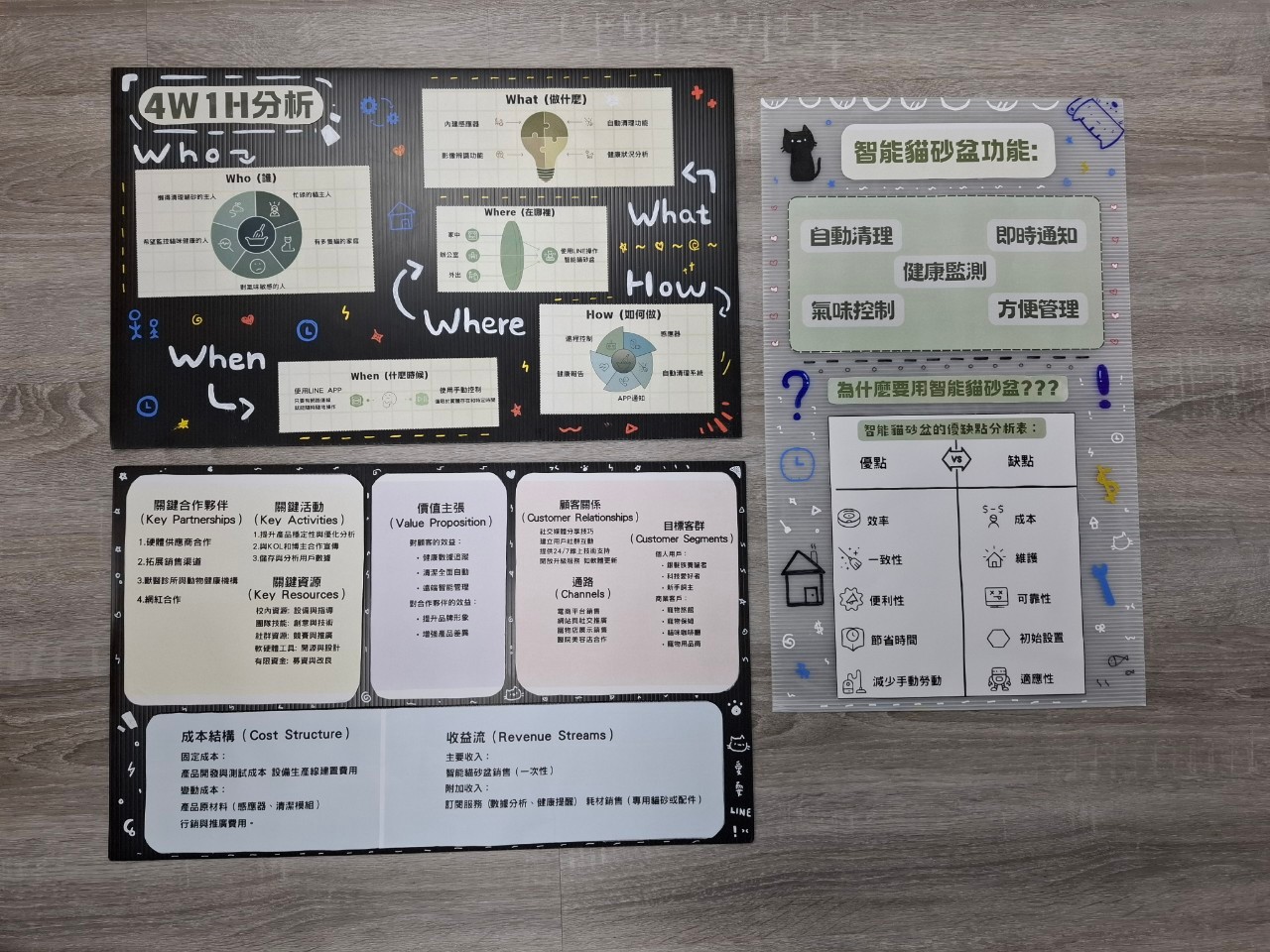
During the on-campus judging session, we presented our project and got useful advice on calculating the cost of the smart litter box. The teacher explained materials, sensors, and production costs, helping us understand pricing and market feasibility. This made our project more practical and realistic.
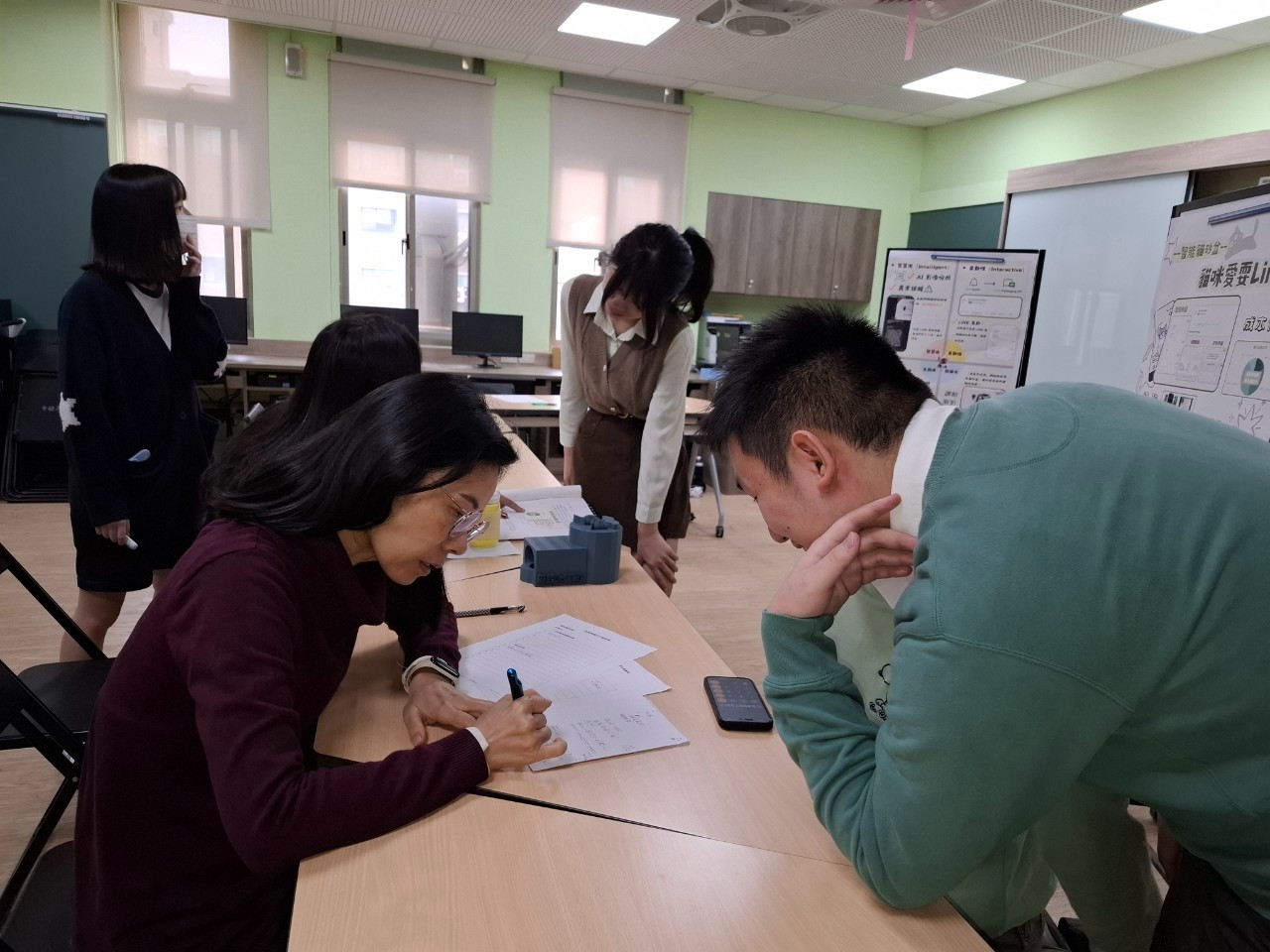
For the National Project Competition (Creative Category), we put great effort into designing our theme board. From colors and layout to font choices, everything was carefully planned to make it eye-catching and clearly convey our project’s concept. The board became a highlight of our display and reflected our team’s dedication.
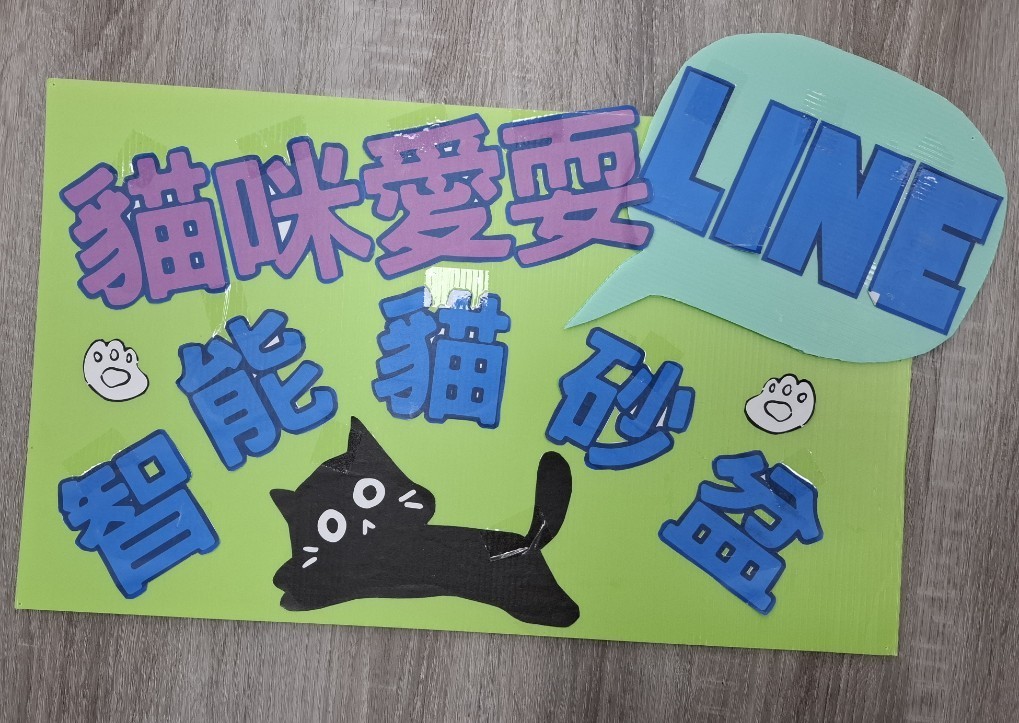
For the National Project Competition, we designed a comparison board to highlight the differences between market products and our smart litter box. The side-by-side layout clearly showed our innovation and helped judges quickly understand its unique features. It also reflected our team's effort in data organization and visual design.
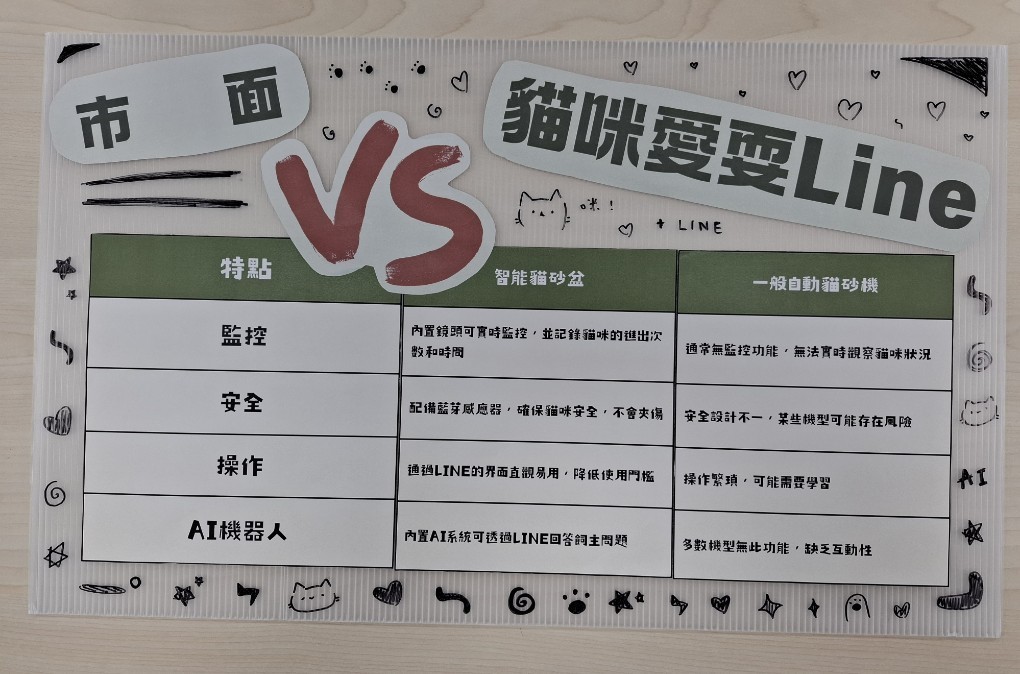
For the National Project Competition (Creative Category), we created a 4W1H board to clearly present our project’s purpose, target audience, timeline, and execution. This structured layout made our presentation more logical and helped the judges quickly understand our core ideas, improving the overall delivery.
